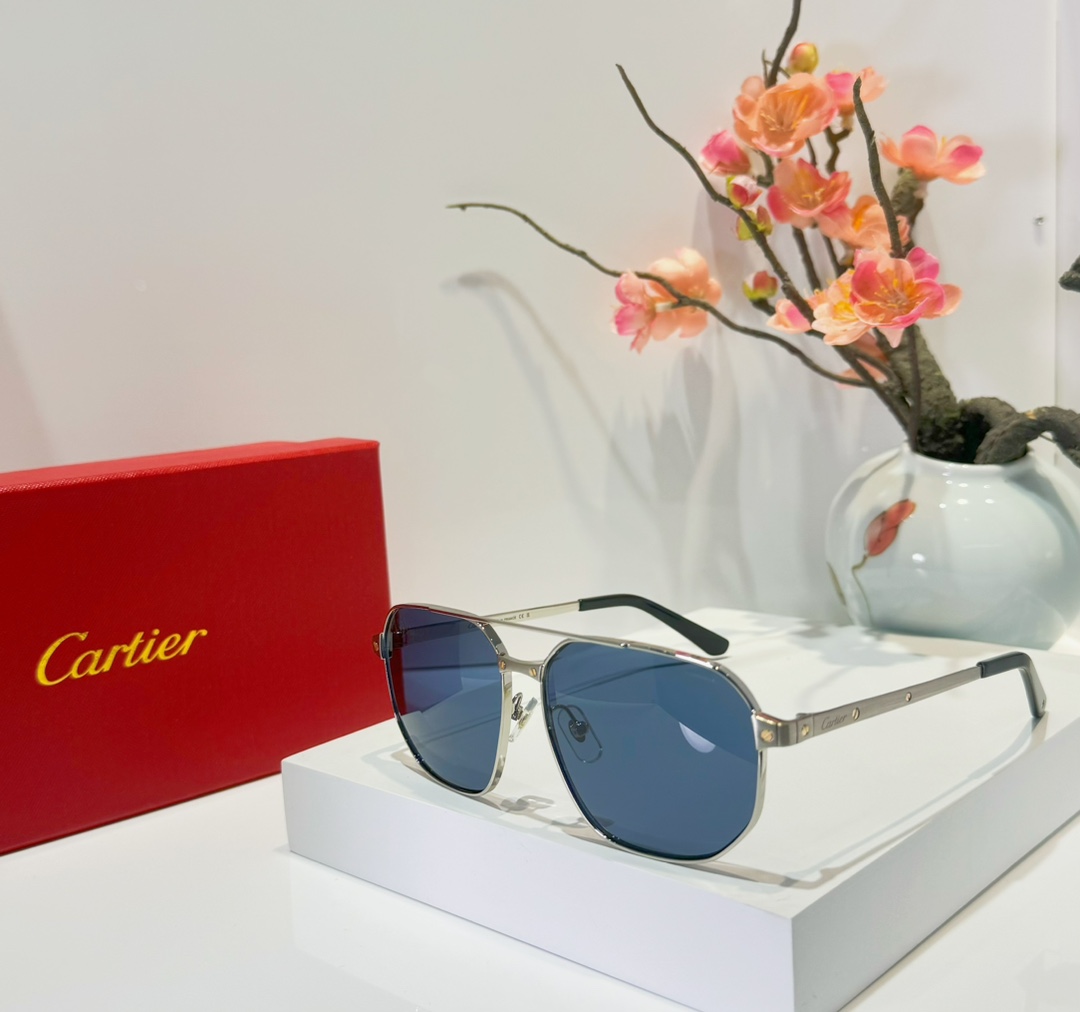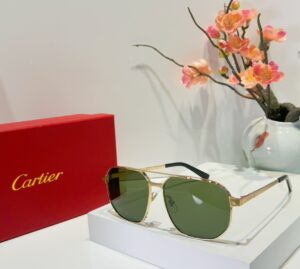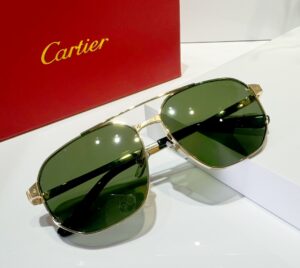The Origins of Aviator Sunglasses
Aviator sunglasses have become a remarkable icon in fashion and pop culture, yet their inception can be traced back to practical needs during World War I. Originally designed for military pilots, these sunglasses were intended to address a critical issue: the intense sun glare experienced at high altitudes. With the rise of aviation, it became crucial for pilots to maintain clear vision while flying. Thus, aviator sunglasses were created, featuring large lenses that provided comprehensive coverage and minimized distortion of vision.
The technological innovations behind aviator sunglasses played a significant role in their design. The use of lightweight materials for the frame, such as metal, allowed for comfort during long flights. This was coupled with the unique teardrop shape of the lenses, which effectively shielded the eyes from harmful UV rays and glare. The design ensured that pilots could easily adapt to different lighting conditions, thereby enhancing their situational awareness and safety. These functional elements not only served a practical purpose but also contributed to the iconic aesthetic that remains popular today.
As the aviator sunglasses transitioned from military utility to civilian use, their distinctive look became synonymous with a sense of adventure and style. The blend of form and function appealed to a diverse audience, from aviators to everyday consumers. Over the years, they have been adopted by various cultural figures and celebrities, solidifying their status as a symbol of cool sophistication. This transformation from a specialized piece of eyewear to a beloved fashion statement illustrates how practical designs can evolve into timeless icons, bridging the gap between necessity and aesthetic appeal.
Aviator Sunglasses and Their Introduction to Pop Culture
The mid-20th century marked a significant transition for aviator sunglasses, as they shifted from mere military eyewear to a cherished fashion accessory, largely influenced by Hollywood and celebrity culture. Initially designed for pilots during World War II, aviator sunglasses provided essential eye protection from the sun’s glare at high altitudes. However, their sleek design and practicality garnered attention beyond military use. As the post-war era flourished, a unique intersection of style and function emerged, positioning aviator sunglasses as a symbol of modern chic.
One of the pivotal moments that catapulted aviators into the limelight was their prominent feature in cinema and television. Icons such as James Dean and Marilyn Monroe donned these glasses in various films, associating them with a sense of glamour and rebellion. In particular, Dean’s portrayal of a troubled youth resonated with younger audiences, establishing the sunglasses as emblematic of a carefree, adventurous spirit. Likewise, the portrayal of aviators in films like “Top Gun” transformed their status again, as Tom Cruise epitomized the cool, confident pilot, further solidifying the sunglasses as a must-have accessory.
Aside from the silver screen, music also played a vital role in popularizing aviator sunglasses. In the 1980s, rock stars and pop icons frequently wore these shades during performances and public appearances, cementing their place in popular culture. As artists like John Lennon and later Bono of U2 adopted the aviator look, they not only showcased their personal style but also influenced millions of fans worldwide. The allure of these sunglasses transitioned into mainstream fashion, as they became synonymous with a rebellious lifestyle and an air of mystery.
The compelling narrative of aviator sunglasses, captured through Hollywood glamour and musical influence, illustrates how they evolved into a timeless fashion staple. By embracing both their utilitarian origins and their newfound iconic status, aviator sunglasses continue to resonate within pop culture today.
Sunglasses as a Status Symbol in the 20th Century
The 20th century witnessed a remarkable transformation in the perception of sunglasses, evolving from a practical accessory used primarily for sun protection into a prominent status symbol. This shift can be attributed to the dynamic interplay between celebrity culture, consumerism, and innovative marketing strategies that collectively positioned designer sunglasses as luxury items, coveted by the masses.
During the early decades of the century, sunglasses were often associated with film stars and public figures. As Hollywood ascended to global prominence, celebrities became powerful influencers, shaping fashion trends and consumer behavior. Iconic figures such as Audrey Hepburn and James Dean popularized specific styles of sunglasses, which soon became emblematic of their personas. The allure of Hollywood glamor contributed significantly to the perception that sunglasses were not merely functional but also essential to maintaining an image of sophistication and allure.
Simultaneously, the rise of consumerism in post-war societies fostered a growing desire for luxury goods. The introduction and proliferation of sunglasses brands that epitomized exclusivity and quality began to cater to this emerging market. Marketing efforts capitalized on the aspirations of consumers, portraying sunglasses as essential accessories to project an affluent lifestyle. Exclusive collaborations and limited-edition releases further reinforced the image of sunglasses as markers of prestige, appealing to the desires of those seeking to emulate the style of their favorite icons.
Moreover, changing societal values regarding fashion and image played a crucial role in the status of sunglasses. The 1960s and 1970s saw a cultural shift towards individualism and self-expression, where personal style became a defining characteristic of social identity. As such, sunglasses began to symbolize not just luxury but also an individual’s taste and sophistication. Therefore, the association of sunglasses with wealth and social status continued to solidify, making them an indispensable part of both fashion and identity.
The Enduring Legacy of Aviator Sunglasses in Modern Culture
Aviator sunglasses have transcended their original utility as protective eyewear for pilots, evolving into a timeless fashion accessory that continues to captivate generations. Their sleek, teardrop design and reflective lenses have made them a symbol of coolness and rebellion, firmly establishing aviators as a staple in modern culture. This enduring legacy is particularly evident in the way these sunglasses have been embraced by contemporary fashion influencers, fostering a revival in popularity across various social media platforms.
In recent years, aviator sunglasses have undergone several modern iterations, catering to diverse preferences while retaining their classic silhouette. Brands have introduced variations in lens colors, frame materials, and sizes, appealing to a wider audience and allowing individuals to express their personal style. The versatility of aviators means they can be effortlessly paired with both casual and formal attire, solidifying their status as a go-to accessory for fashion-forward individuals. Social media has played a pivotal role in sustaining the relevance of aviator sunglasses, with influencers and celebrities often showcasing their favorite styles. Platforms like Instagram and TikTok have amplified the visibility of these accessories, enabling trends to spread rapidly and encouraging a younger generation to adopt aviators as part of their wardrobes.
Looking forward, the future of aviator sunglasses in the fashion landscape appears promising. As sustainability becomes a focal point in contemporary fashion, brands may explore eco-friendly materials and ethical production methods to align with rising consumer expectations. Furthermore, the integration of technology, such as smart features or augmented reality capabilities, could redefine how aviator sunglasses are perceived and utilized. As they continue to evolve, one thing remains clear: aviator sunglasses will maintain their iconic status and adapt to the changing tides of fashion, ensuring they remain a beloved accessory for years to come.



